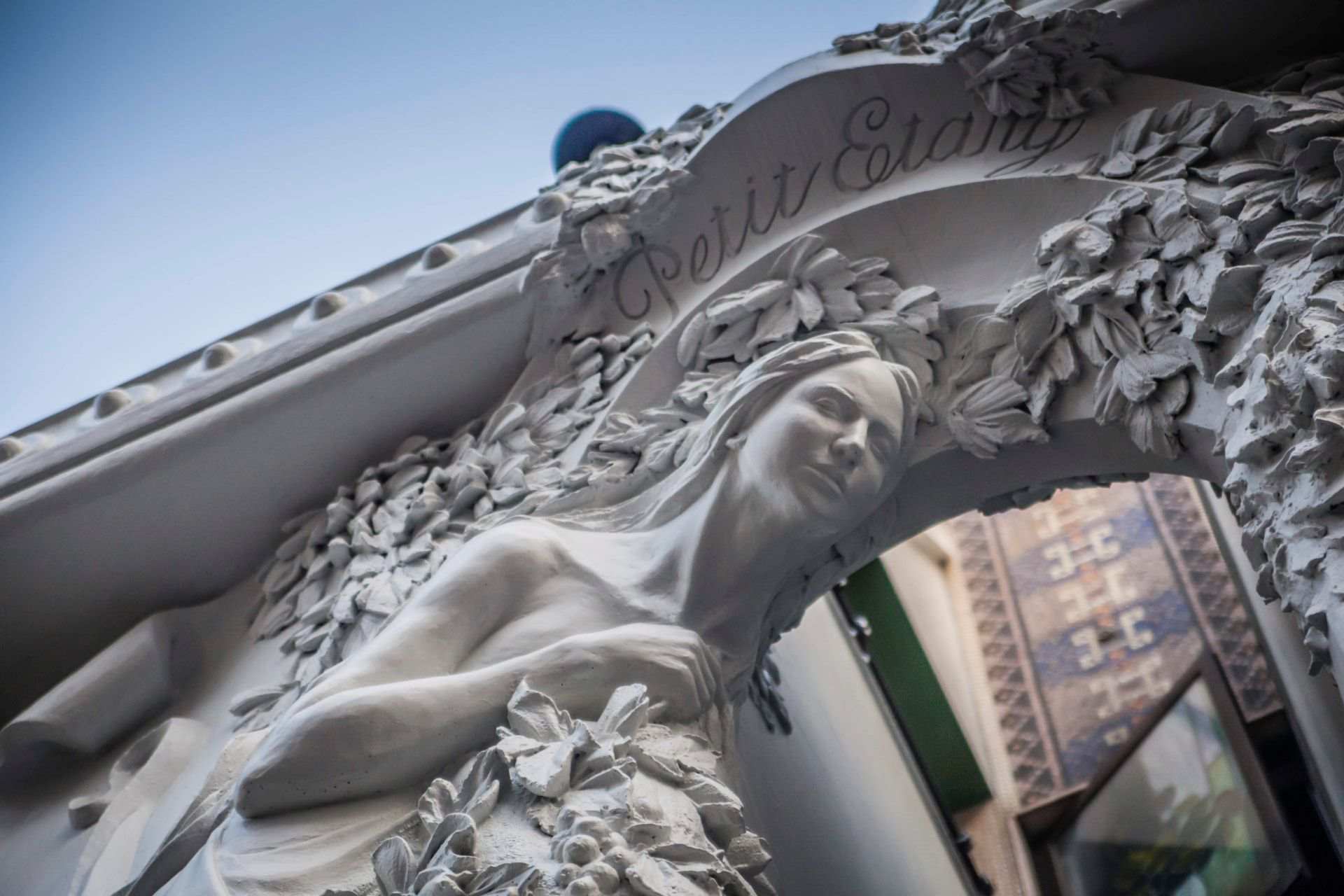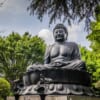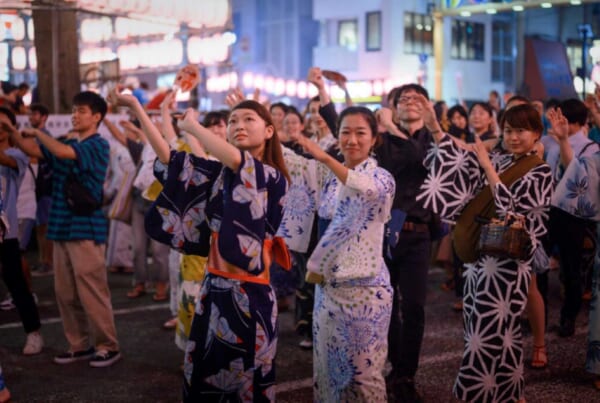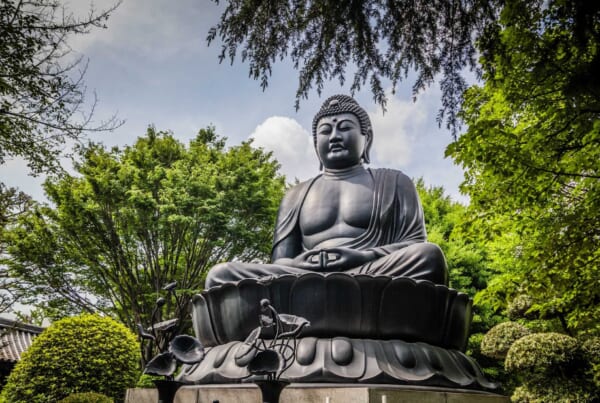“Ah, Barcelona! Olympic Games, Sagrada Familia.” An almost unanimous chant uttered by many older Japanese people (old enough to remember the impact of Barcelona 1992) while making small talk, whenever I say I come from Barcelona. Usually heightened if I answered that in fact, I lived for several years just a couple of blocks away from Gaudi’s magnum opus. Before long, I also learned, much to my amusement, that to the average Japanese person Sagrada Familia is a tongue-in-cheek shorthand for never-ending projects.
Still, as an architecture enthusiast with a deep fondness for Barcelona’s Art Noveau, I always welcomed warmly this Japanese appreciation. So when I first came across Von Jour Caux (梵寿綱), a Japanese architect often dubbed “the Japanese Gaudí,” I felt intrigued by the idea that Gaudí’s influence had transcended cultural boundaries to the point of being reimagined in Japan. I’m often fascinated by the way Japan remixes external influences, so it didn’t take long for me to start tracking Von Jour Caux’s buildings across Tokyo, eager to understand the work of this singular architect.
Gaudí’s Connection to Japan
Gaudí’s works have a peculiar resonance in Japan, and homages to his organic forms, mosaics, and playful structures can be found scattered across the urban landscape. The Sagrada Familia, having become a symbol in Japan for something eternally in progress — I’ll have you know, however, that Sagrada Familia’s completion date has been recently announced for the year 2026 — is something that could be linked to the Japanese concept of wabi-sabi, the beauty of imperfection. It’s also an interesting parallel to Japan’s relationship with tradition and modernization, comparable to Gaudí’s mix of old-world craftsmanship and forward-thinking design.
The Shamanic Architect: Von Jour Caux’s Dreamlike Rebellion
While Gaudí’s influence in Japan seems to be well-documented, Von Jour Caux is a figure who defies easy categorization, standing at a crossroads between fantasy and rebellion and creating structures that playfully reject the conventions of modernism. But despite callbacks to the Catalan genius with the Japanese’s ornamental exuberance, Von Jour Caux has a different philosophical approach. Where Gaudí’s designs always serve structural and ergonomic purposes, Von Jour Caux’s are decidedly decorative — his buildings are more like inhabited sculptures, brimming with symbolism and mysticism.
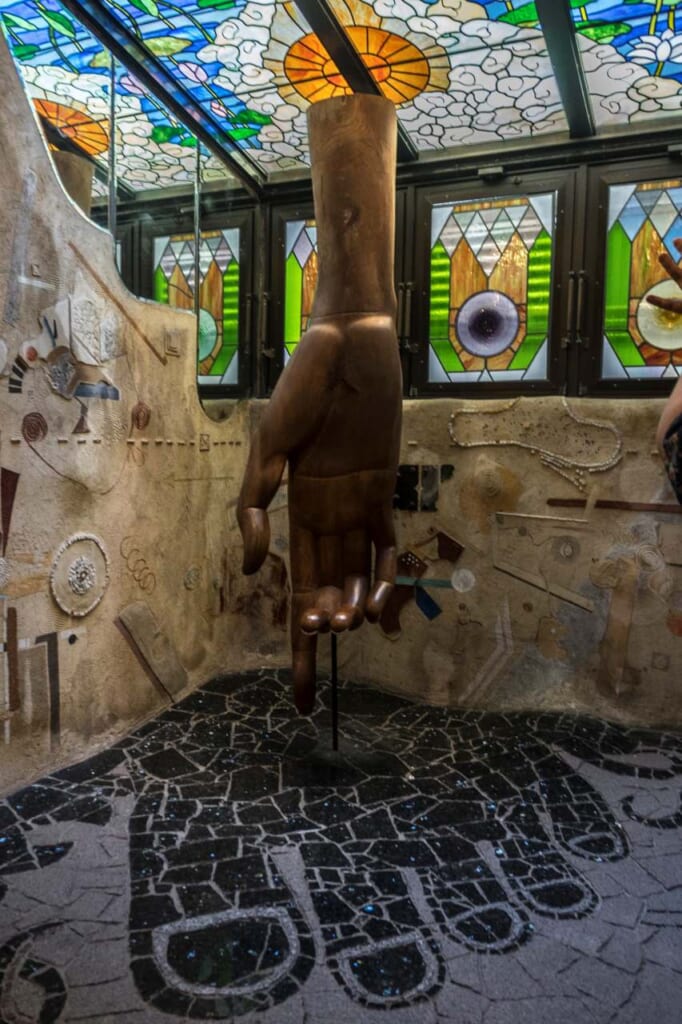
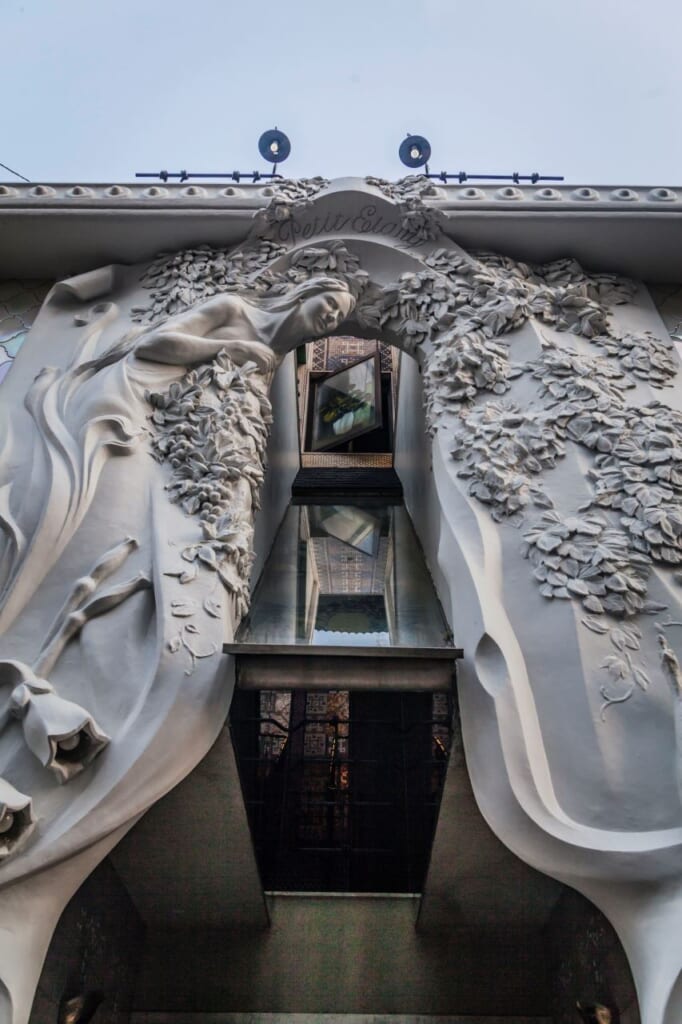
Von Jour Caux — the artistic moniker of Toshiro Tanaka — has expressed in interviews that he sees himself as something of a shaman: channeling dreams, mythology, and spiritual energy into his work. His buildings, often filled with surreal mosaics, fantastical sculptures, and esoteric motifs, are a whimsical counterpoint to the sterility of post-war modernist architecture. While Gaudí was deeply rooted in Catholicism, Von Jour Caux’s inspirations span a broad spectrum, drawing from Jungian psychology, Hinduism, and esoteric Buddhism. He seeks to create a sense of spiritual fluidity in his work, and his architecture becomes a space where dreams and reality overlap, rather than an extension of practical necessity.
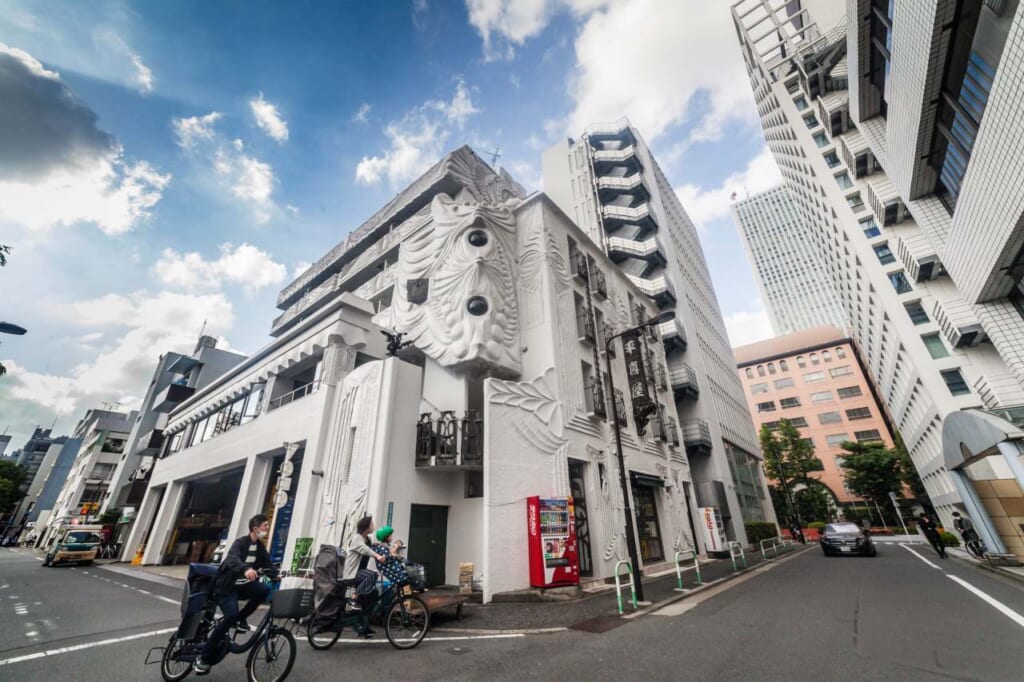
His own chosen name is a representation of these influences with a bit of wordplay. “Von” represents Brahman written in Chinese (梵 Bon), “Jour” can be translated as congratulations or longevity (寿 Ju) and “Caux” can be translated as rope (綱 Kou). In a way, the architect has expressed wanting to convey his persona as a medium between two worlds. At the same time, the last two kanji form the posthumous buddhist name of his adoptive father as a way to honor his memory.
Von Jour Caux’s Artisanal Revival
After discovering Von Jour Caux and exploring his buildings in Tokyo, it became clear that his reaction against the clean, minimalistic lines of modernism, meant to emphasize artistic freedom, even if some of his works — like the famous Waseda El Dorado — were sometimes humorously or deridingly compared to love hotels. A comparison that felt strange to me being so used to a different aesthetical paradigm as Art Nouveau architecture defines a great deal of Barcelona’s identity.
Contemporary architecture often prioritizes efficiency and uniformity, and Von Jour Caux defies this trend with a deep commitment to craftsmanship, reviving the artisanal traditions lost during Japan’s industrial boom: hand-crafted, unique, and meticulously detailed; incorporating techniques like mosaics, wrought iron, stained glass, and woodwork, usually reserved for smaller decorative arts rather than large-scale buildings. In this sense, his works mirror Gaudí’s own reliance on artisans, but for Von Jour Caux, the artisans are not merely workers but collaborators — artists in their own right, all of them part of the “Art Complex Movement,” whose hands breathe life into his whimsical visions.
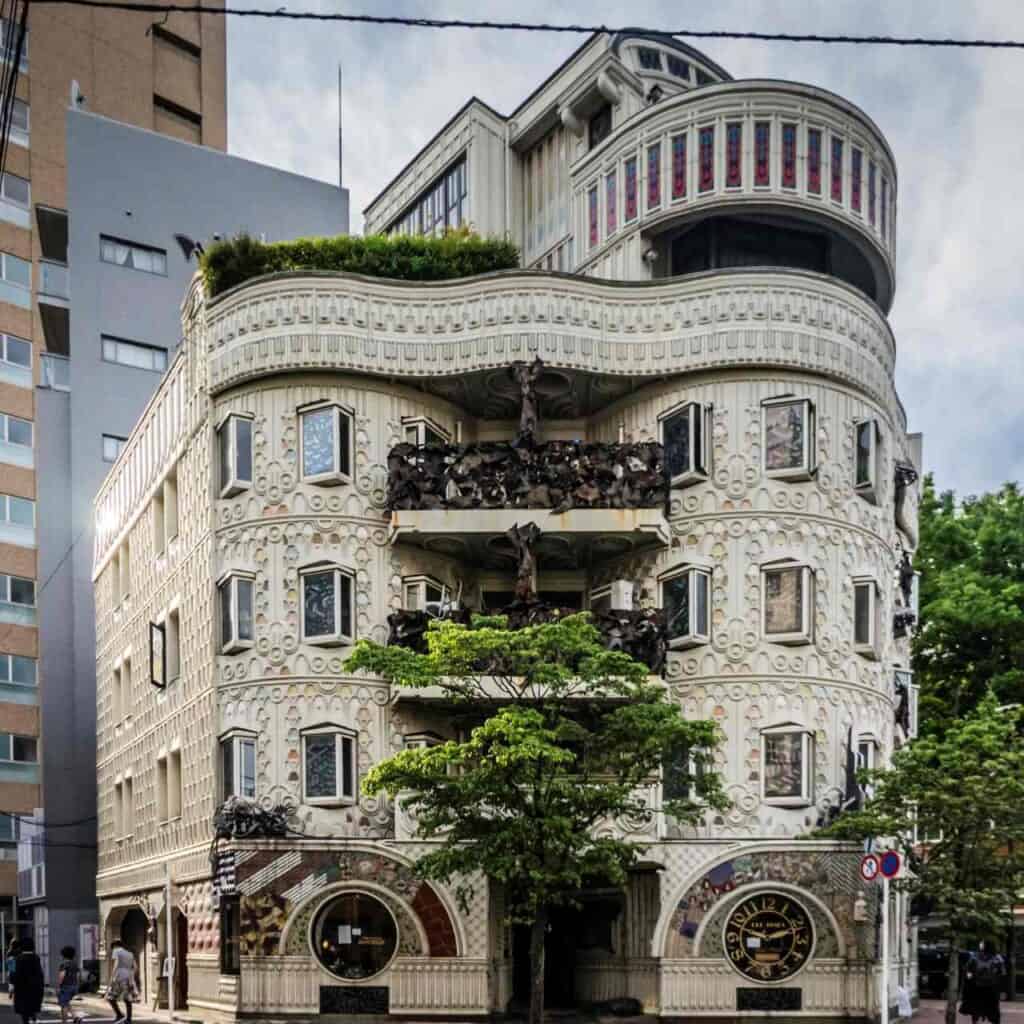
His dedication to craftsmanship can be seen in works like Waseda El Dorado, one of his most prominent buildings, where colorful mosaics and wrought iron balconies catch the eye with their detail and vibrancy. His collaboration with a troupe of artisans elevates these structures into something far beyond functional architecture — they become immersive environments, each piece contributing to an overarching narrative of rebirth and spirituality.
Living Sculptures: Von Jour Caux’s Spaces Beyond Function
It’s perfectly normal for your average architect to focus on creating spaces that serve specific practical functions. Von Jour Caux instead, approaches architecture as an integral opportunity to infuse everyday life with whimsy, spirituality, and fantasy. His buildings are places to live or work where the mundane is transformed into the magical. Their playful, almost theatrical designs in stark contrast with neighboring structures.

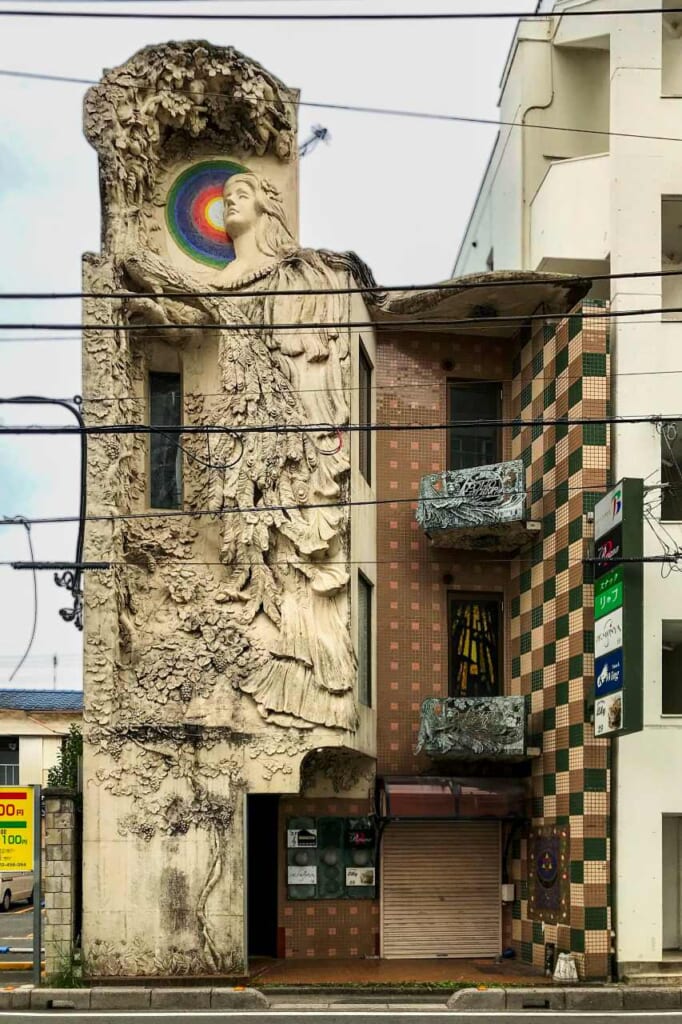
Take Waseda El Dorado, for example. At first glance, the building’s vibrant colors, swirling ironwork, and intricate mosaics might seem out of place. But as you explore its details, you realize that this is a space designed for experience rather than function. The building invites its residents and visitors to engage with it on an emotional and spiritual level, creating moments of surprise and delight in everyday interactions. The wrought iron balconies shaped like lily pads, the tattooed figures on the walls, and the flowing lines of the architecture all contribute to a living, breathing work of art.
La Porta Izumi is another example of how Von Jour Caux blurs the line between architecture and sculpture. The building’s facade, dominated by a giant bas-relief of Minerva, the goddess of wisdom, alongside the winged Pegasus, evokes a sense of myth and legend, in an attempt to infuse the building with narrative and symbolism. Similarly spectacular facades adorn other buildings like Petit Etang or Leboir Hiraki, where the experience of living or just passing by these structures are a reminder that buildings can also be inspiring.
The map below shows a selection of the architect’s most renowned buildings:
Von Jour Caux’s work, much like Gaudí’s, thrives at the intersection of art, fantasy, and reality. His playful act against some of the austere norms of modern architecture creates spaces that are, at times, humorous and eccentric, but also deeply human and spiritually rich. What initially seemed like an unexpected echo of Gaudí in Tokyo soon revealed itself as something distinctly Japanese, rooted in a unique philosophy and approach.
Von Jour Caux’s architecture may not be conventional, but that’s precisely why it leaves such an impression. In a world often dominated by efficiency and uniformity, his work reminds us of the value of creativity, the importance of craftsmanship, and the magic that can be found when architecture dares to dream.


